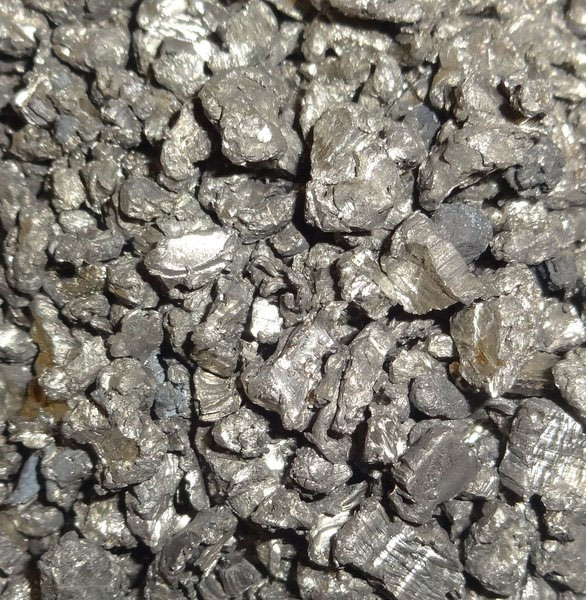
Known for its metallurgical applications, calcium metal is available as salts and solids. It is also available in various formulations, sizes and forms. It has 99% purity and a melting point of 1562 degrees F. The metal is also very dense, with a density of 1.55 at 68 degrees F. It is used for a number of purposes in the pharmaceutical, agricultural, and automotive industries.
Calcium is a bright, silvery white metal. Pure calcium is usually covered with an oxide layer. It does not exhibit sufficient structural integrity or high chemical reactivity, which makes it an unsuitable choice for many uses. Its main metallurgical use is as a reducing agent. Calcium is a better choice than sodium as a reducing agent due to its higher chemical stability.
Metallurgical uses of calcium metal include its use as a deoxidizer and reductant in metal alloys, as well as in a wide variety of industrial applications. Calcium is commonly used as an additive in the production of alloys, and it is used as a reducing agent in the production of steel. It is also used in the production of calcium batteries.

Calcium metal granules may contain high concentrations of calcium, a mineral that can cause various health problems. High concentrations of calcium in the body may lead to hypercalcemia, which is a serious condition that may lead to bone problems and general malaise. Hypercalcemia can also lead to changes in bowel habits and increased urination. In addition, high amounts of calcium may increase the risk of cardiovascular disease and prostate cancer.
Calcium is a common metal found in nature. It is present in all living things, including plants. It can be found in soft tissues and in the fluids within them. It is also present in animal skeletons. It is present in a variety of compounds, including limestone, gypsum, and fluorite. In the human body, calcium is found in bones, and it is one of the most abundant metals in the body.
The reactivity of calcium metal is an important property to understand when it comes to water treatment. When calcium metal comes into contact with water, it forms calcium hydroxide and hydrogen gas. This reaction can cause severe irritation and can even be fatal. As calcium metal is quite reactive, it is a good idea to perform experiments in a fume hood. You will also want to perform the test in a well-ventilated area.
Pure calcium is a silvery-white metal with very low tensile strength. In solution, calcium reacts slowly with oxygen, nitrogen, and water vapour. When it reacts with warm water or cold water, it produces a yellow film that forms on its surface. It also reacts quickly with hydrogen gas, carbon, and boron. This property makes calcium an excellent reducing agent.
Calcium metal granules can be made of a variety of materials. One such material is EPS. EPS is composed of a hydrogel-like matrix that has a three-dimensional structure. EPS is composed of pores and channels that allow the transfer of mass from one component to another. These features enable the formation of calcium-based granules, and they may also contribute to biofilm formation.
Calcium has many uses, including in medicine and food. Tricalcium phosphate, for example, is used to increase the calcium in food. Calcium lactate, another form of calcium, is a polishing agent used in toothpaste and is a reducing agent in other pharmaceuticals. Calcium monophosphate is a leavening agent in baking, and it is also an important component in many foods.
Calcium metal granule is a solid form of calcium and is available in a variety of packaging sizes and formulations. This versatile mineral is useful in the metallurgy, chemical, and pharmaceutical industries. It has a high melting point of 1562 degrees F and a density of 1.55 at 68 degrees F. It is also widely used in the manufacturing of batteries and in cable sheaths.
Calcium is the fifth-most-common element in the earth's crust. Its chemical formula is CaCO3. The element has a silvery color and is harder than sodium, aluminum, and magnesium. In nature, calcium is found in limestone, gypsum, and fluorite. It is an alkaline earth element. It reacts with water and alcohol to form calcium nitride, a white coating.

Write a Message